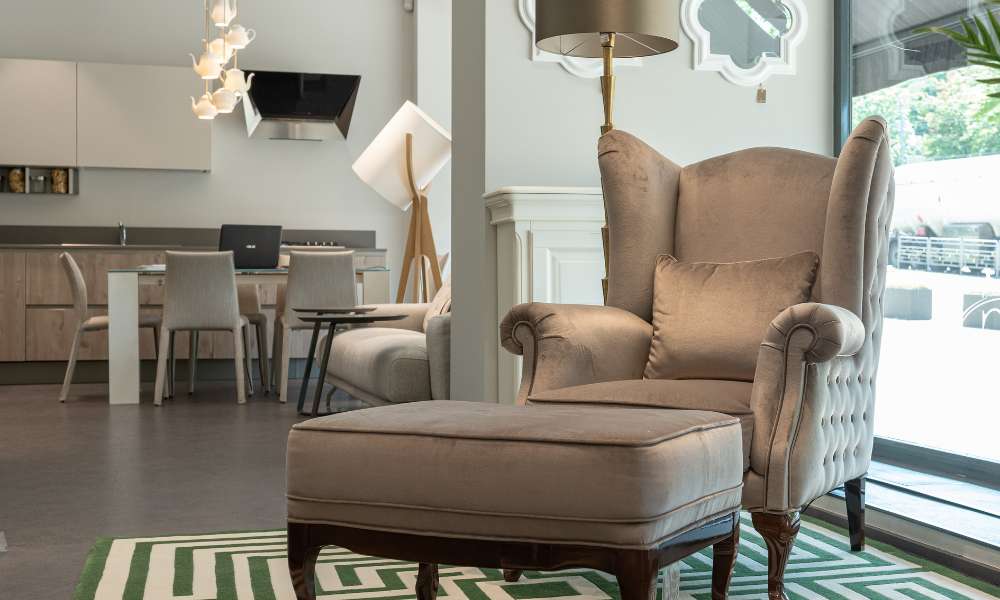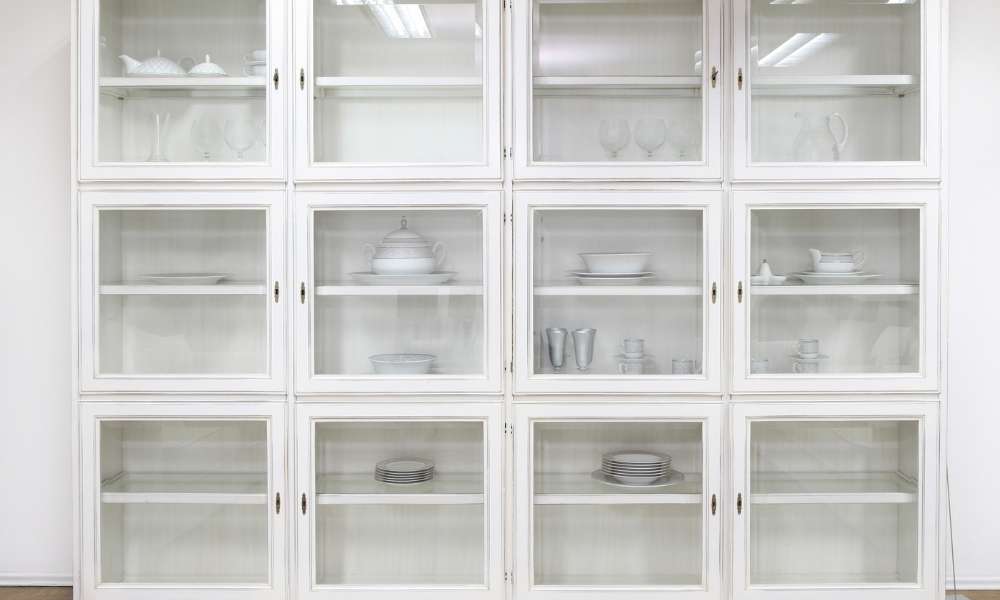To unravel the mystery behind why this furniture piece is called an ottoman, we must journey through centuries of evolution in furniture design and explore the intricate threads that have been woven together to create its enduring legacy. From its humble beginnings as a simple cushioned seat in the Ottoman Empire to its modern-day incarnation as a multifunctional accent piece, understanding the etymology behind this name offers insight into how our surroundings reflect broader societal trends and historical contexts. Join us on a voyage through time as we delve into the fascinating story of why the furniture is known as an ottoman.
Role and Functionality of Ottomans
Ottomans have evolved beyond mere footrests to play diverse roles in modern home decor. They offer versatility as extra seating for gatherings, a clever storage option for decluttering, and even as impromptu coffee tables when adorned with a tray. This multifunctional nature has solidified ottomans as essential pieces in stylish yet functional homes. Their flexibility not only mirrors evolving interior design trends but also highlights an admiration for practical and sophisticated furniture solutions.
From Footrest to More
The evolution of ottomans from basic footrests to versatile home furnishings mirrors a broader societal trend towards maximizing space and functionality in homes. In contemporary living areas, where efficiency and aesthetics are equally important, ottomans provide an ideal combination of both. Their development also reflects shifts in consumer preferences and lifestyle choices, as many individuals look for furniture that is not only stylish but also multifunctional. Whether it’s in a compact studio apartment or a spacious family residence, the ottoman’s capacity to adapt and serve multiple roles establishes it as a beloved element in any interior design concept.
A World of Utility
In our diverse world, ottomans have carved a niche, seamlessly fitting into any room’s style while offering essential functionality. Some ottomans feature built-in shelves or drawers, perfect for storing books, magazines, or electronics. Compact spaces benefit from convertible ottomans that double as beds, showcasing modern design ingenuity for hosting guests. Ottomans not only transform physically but also boast diverse designs, from luxurious tufted styles to sleek minimalist looks. This fusion of style and utility makes ottomans a versatile and essential addition to homes worldwide, embodying adaptable living.
Comparison with Other Furniture Pieces
The ottoman is renowned for its unparalleled versatility and practicality. Unlike traditional coffee tables that serve primarily as surfaces for items or couches that provide seating alone, ottomans offer a unique blend of functionality and comfort. They effortlessly shift from a footrest to an extra seat to a handy storage unit, all while enhancing the aesthetic appeal of a space. This multifunctionality starkly contrasts with the more singular purpose of items like side chairs or end tables, which, though useful, lack the same adaptability and efficiency. Moreover, ottomans come in various shapes, sizes, and materials, seamlessly blending into almost any decor style, from traditional to modern. This flexibility and diversity set ottomans apart from many other furniture pieces, making them a distinctive and valuable addition to any home.
Ottoman Versus Footstool
The term ottoman for furniture is said to have originated from the Ottoman Empire, where these padded furniture pieces were first popularized. Interestingly, the ottoman was initially designed as a low wooden stool without a backrest or arms, serving primarily as a footstool. Over time, this piece of furniture evolved into a more versatile and multifunctional item that could also be used for seating or storage.
Poufs, Benches, and Ottomans
While ottomans and footstools both serve to rest one’s feet, they differ in size and versatility. Footstools are small and basic, mainly for foot support. Ottomans have more uses like storage and seating, even as a coffee table. They are larger, often with upholstered tops, making a significant presence in a room as both functional and decorative. Ottomans are more sophisticated in design, seamlessly blending into living spaces. Their multifunctionality and style make them a creative and practical choice over footstools.
Modern Interpretations and Trends
In the realm of modern furniture trends, ottomans are evolving to meet consumer needs and aesthetic tastes. Designers experiment with shapes, materials, and features, creating practical yet artistic pieces. Current trends focus on eco-friendly materials, like recycled fabrics and sustainable leather, showing a commitment to the environment. Ottomans now come with wireless charging pads and speakers for added convenience. Minimalism and Scandinavian design influence ottoman styles with clean lines and neutral colors that suit any decor. This ongoing evolution highlights the ottoman’s enduring appeal and versatility in modern home design.
Contemporary Upholstery
The choice of upholstery is key for an ottoman’s look and function. Contemporary options go beyond traditional fabrics, offering various textures, patterns, and durability. Velvet is a popular luxurious option, enhancing any room with its plush feel and rich colors. Performance fabrics are ideal for households with pets or kids due to their stain resistance. Custom upholstery is on the rise for a personalized touch. Ottomans can now fit seamlessly into different styles, showcasing their versatility and lasting appeal.
Adaptive Design
Adaptive ottoman design reflects the furniture industry’s responsiveness to modern living needs. Ottomans can adjust for social gatherings, offer storage, or serve different roles in a room. Features like modular sections and convertible tops serve multiple purposes, promoting a minimalist environment. Prioritizing versatility, this design ensures ottomans remain essential in homes, adapting to lifestyle changes and decor trends.
Ottomans in Interior Decorating
In interior decorating, ottomans are prized for their dual function and style. Perfect for small spaces, an ottoman can switch from a footrest to an extra seating or dining spot with ease. Their aesthetic adaptability shines through various colors and patterns, making them versatile statement pieces. Ottomans can introduce color and texture, adding depth to a room. Placing ottomans strategically can define different areas in an open layout, creating visual separation. Their blend of practicality and aesthetics makes ottomans essential for crafting cohesive, comfortable living spaces.
Layering with Purpose
Designers often use ottomans as a tool for layering textures and colors within a space. Placing a printed ottoman against a plain sofa, or vice versa, can add depth and interest to a room’s decor without overwhelming the senses.
Conclusion
Over time, this versatile piece of furniture has evolved in design and functionality. Serving as a practical and stylish addition to homes around the world. The name ottoman reflects its origins and cultural significance, highlighting its enduring appeal in interior design. Understanding the etymology of the term provides insight into the diverse influences that have shaped furniture design over the centuries. Next time you enjoy resting your feet on an ottoman, remember the historical roots behind this iconic piece of furniture.





